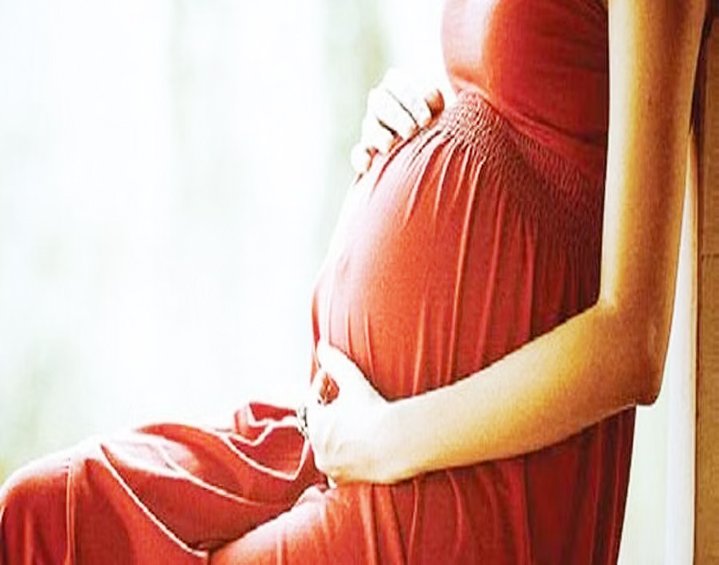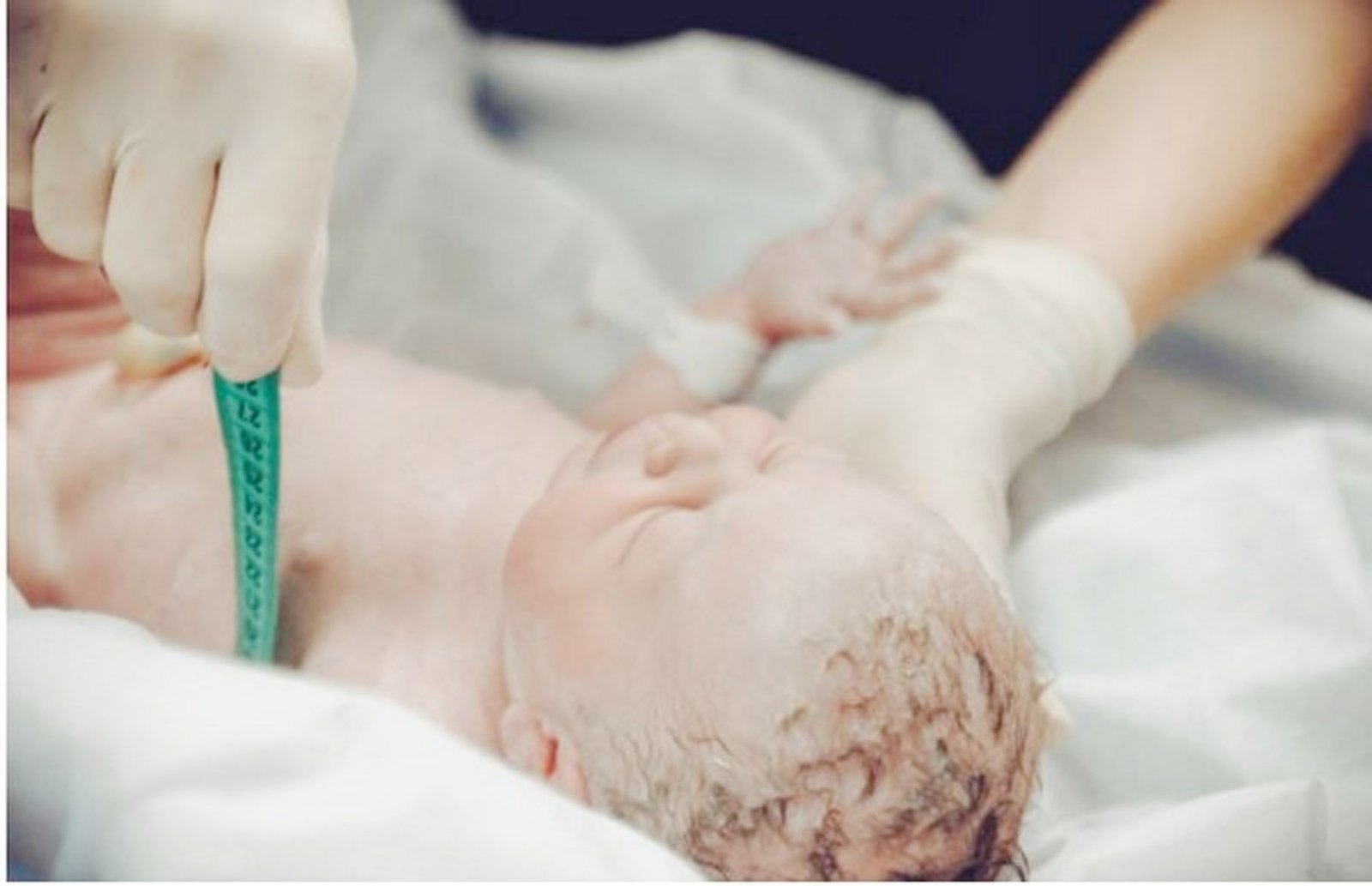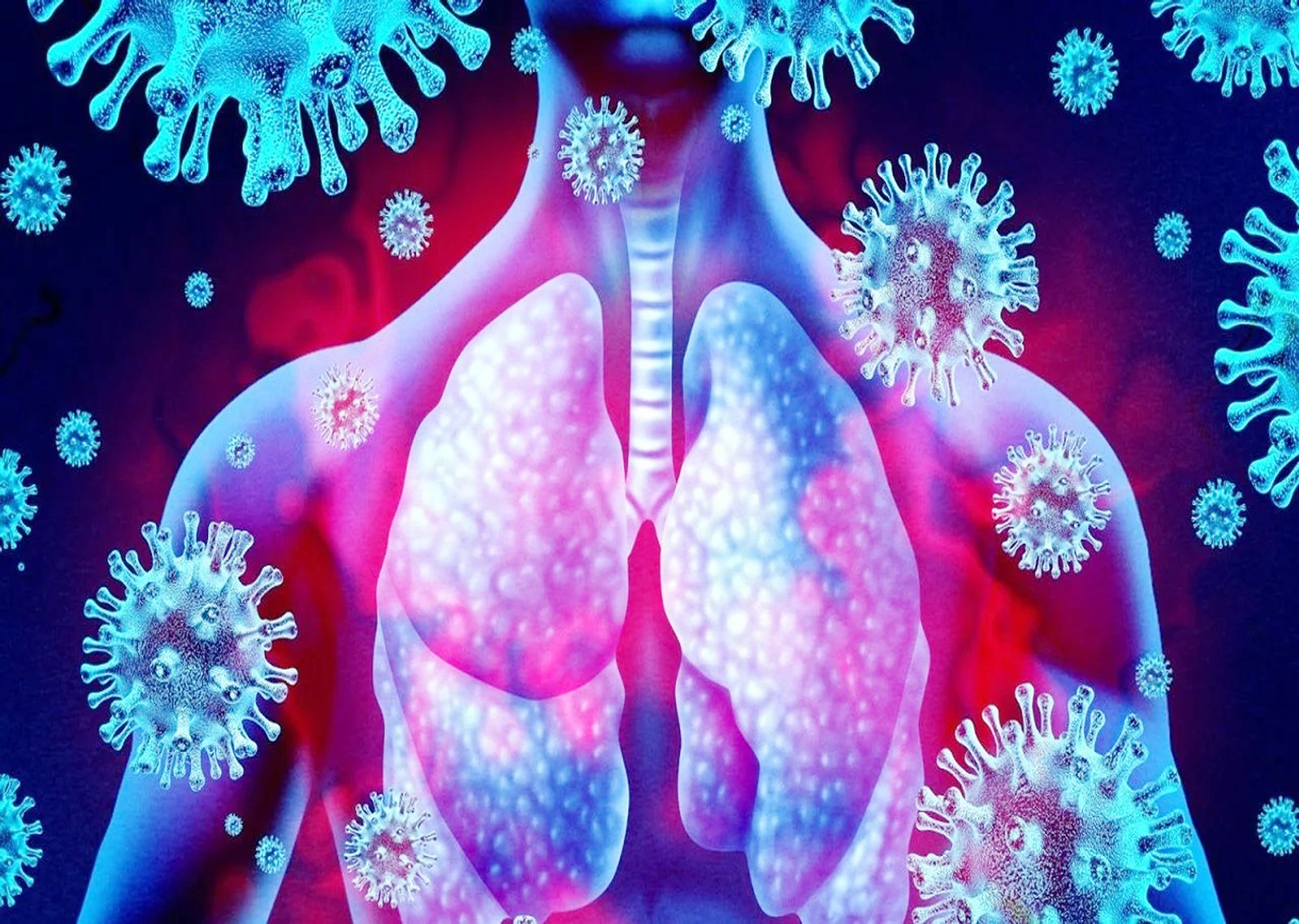NEW DELHI, Sept 9: Nearly 6 in 10 female teens in India are anaemic, according to new Indian research
that analysed data from National Family Health Surveys (NFHS).
Adolescent marriage and motherhood, along with poor nutritional status and other socio-economic
variables such as wealth and education, were crucial risk determinants for anaemia in Indian females
aged 15-19, the study from Banaras Hindu University, Uttar Pradesh, and other institutes found.
Further, Indian states with anaemia prevalence over 60 per cent more than doubled to 11 in 2019-21
from 5 in 2015-16, the study published in the journal PLOS Global Public Health said.
Anaemia, a significant public health issue particularly affecting women in India, is characterised by a
deficiency in red blood cells, resulting in low vigour and energy.
Using data from the fourth and fifth rounds of the national surveys, NFHS-4 (2015-16) and NFHS-5
(2019-21), the research studied 1,16,117 and 1,09,400 female teenagers, respectively, to analyse trends
regarding anaemia prevalence and identify risk factors for anaemia.
Prevalence of anaemia was higher in women married before 18 years of age, which accounted for
around 10 and 8 per cent of the sampled women in NFHS-4 and NFHS-5, respectively. About 70 per cent
of the participants lived in rural areas, the study said.
They further found that teenage mothers with at least 2 children were more anaemic than teenagers
without children, with anaemia prevalence being higher in breastfeeding mothers.
More educated women teenagers were less likely to be anaemic, as education is linked to knowledge of
nutrition and health and also leads to better access to healthcare and nutritious food through improved
employment opportunities and income, the authors wrote.
Women belonging to the socio-economically disadvantaged groups such as SC and ST were more likely
to be anaemic than other social groups, which the authors attributed to factors like historical,
undernutrition, limited healthcare access, early childbearing and discrimination.
Women adolescents from the northeastern states of India were at lower risk of anaemia than women
from the other parts of the country, the researchers noted.
They said this was likely due to the diverse and nutritious diet, that includes iron-rich red rice,
traditionally consumed in these states, with their culture emphasising on locally-grown and seasonal
foods playing an important role.
These, along with high red meat consumption, were some factors contributing to low anaemia rates in
these regions, the authors wrote.
Overall, among all the 28 Indian states, 21 were found to report an increase in anaemia prevalence to
varying degrees.
While Assam, Chhattisgarh, and Tripura showed a substantial rise of 15 percentage points, the states of
Punjab, Karnataka, Telangana, Bihar, and Madhya Pradesh recorded a marginal increase of less than 5
percentage points.
However, Uttarakhand and Kerala exhibited a decline in anaemia prevalence during the study period,
offering potential insights for further exploration, the researchers said.
Despite the Indian government implementing several programs aimed at addressing anaemia in women
and children over the past five decades, anaemia prevalence is rapidly increasing, possibly owing to
insufficient coverage, inadequate implementation, lack of behavioural change, inadequate monitoring
and evaluation, the persistence of underlying risk factors, and resistance to good dietary practices, they
said.
The study findings underscored the urgency of addressing anaemia in female teenagers and that they
could be leveraged to develop tailored interventions aimed at reducing anaemia prevalence, the
researchers said. (PTI)







